Speak to any serial entrepreneur about launching a new business, and they will tell you the single most important thing to focus on is gaining a deep understanding of your customer.
Many founders fail to listen to this advice and instead buy into their own ideas far too early.
In the process they make large assumptions believing they understand the customer far greater than they actually do. Rarely do ideas developed in a vacuum pass the scrutiny of customer validation, and eventually, the product fails once it makes the first contact.
A 2019 CB Insights study of 311 Startups showed that 42% of startups die because they work on products with no market need, and 70% of all new products don’t meet their revenue targets.
So the key to any strong business model is knowing which customer you are building your product for (and who you not), and the value propositions you will develop which solve their need.
Steve Blank famously said that all startups need to start by “getting out of the building". Spending time with your customer in the early stages of your business is invaluable for the long term success of your product.
But speak to a customer about their current world and they will describe a solution for their current context. Who can forget the most abused product metaphor of all time - Henry Ford’s faster horse.
It’s up to you as a product leader to identify the right problems to solve, and then use technology, and creative business models to solve them in a unique way.
HAIR ON FIRE PROBLEM
In order to accelerate product success, Y Combinator teaches its incubator startups to seek a Hair on fire problem.
On seeking product-market fit, Michael Siebel wrote:
“If your friend was standing next to you and their hair was on fire, that fire would be the only thing they really cared about in this world. It wouldn’t matter if they were hungry, just suffered a bad breakup, or were running late to a meeting—they’d prioritise putting the fire out.
If you handed them a hose—the perfect product-solution—they would put the fire out immediately and go on their way. If you handed them a brick they would still grab it and try to hit themselves on the head to put out the fire. You need to find problems so urgent that users are willing try half-baked, v1, imperfect solutions.”
FINDING A HAIR ON FIRE PROBLEM
In his 2013 lecture at the Harvard i-Lab, Michael Skok presented the 4U framework for finding the perfect customer problem.
He describes the perfect problem as one which carries the four following attributes:
Unworkable
Unavoidable
Urgent
Underserved
UNWORKABLE
In an unworkable situation, the customer is unable to complete their business or personal process, and the consequences of this are significant enough to cause the customer to seek a solution.
UNAVOIDABLE
Unavoidable problems are often triggered by an event outside of the customer's control such as a regulation change, or compliance obligation. In these instances, the problem is unavoidable, and the customer seeks a solution in order to comply.
URGENT
Urgent problems are big enough, or painful enough that the customer is unable to live without a solution. Relative to the customer's other problems, the problem you are solving should take high priority.
Ideally your target problem will be at the top of their list, however, if you aren’t in the top three, then you are unlikely to get the required customer attention to make a switch to your solution.
UNDERSERVED
A market with underserved problems will have strategic benefit for organisations looking to create solutions. With less competition in the market, your product will have a stronger chance of success.
In their book, ‘Value Proposition Design: How to Create Products and Services Customers Want’, Alex Osterwalder from Strategyzer wrote:
“Your customers are the judge, jury, and executioner of your value proposition. They will be merciless if you don’t find fit!”
So to make sure your product doesn’t become a statistic, you need to be focusing on finding a customer with a big enough problem that is worth solving.
“Get out of the building”, and learn, learn, learn. Only then will you be ready enough to shift your focus onto ideas.

